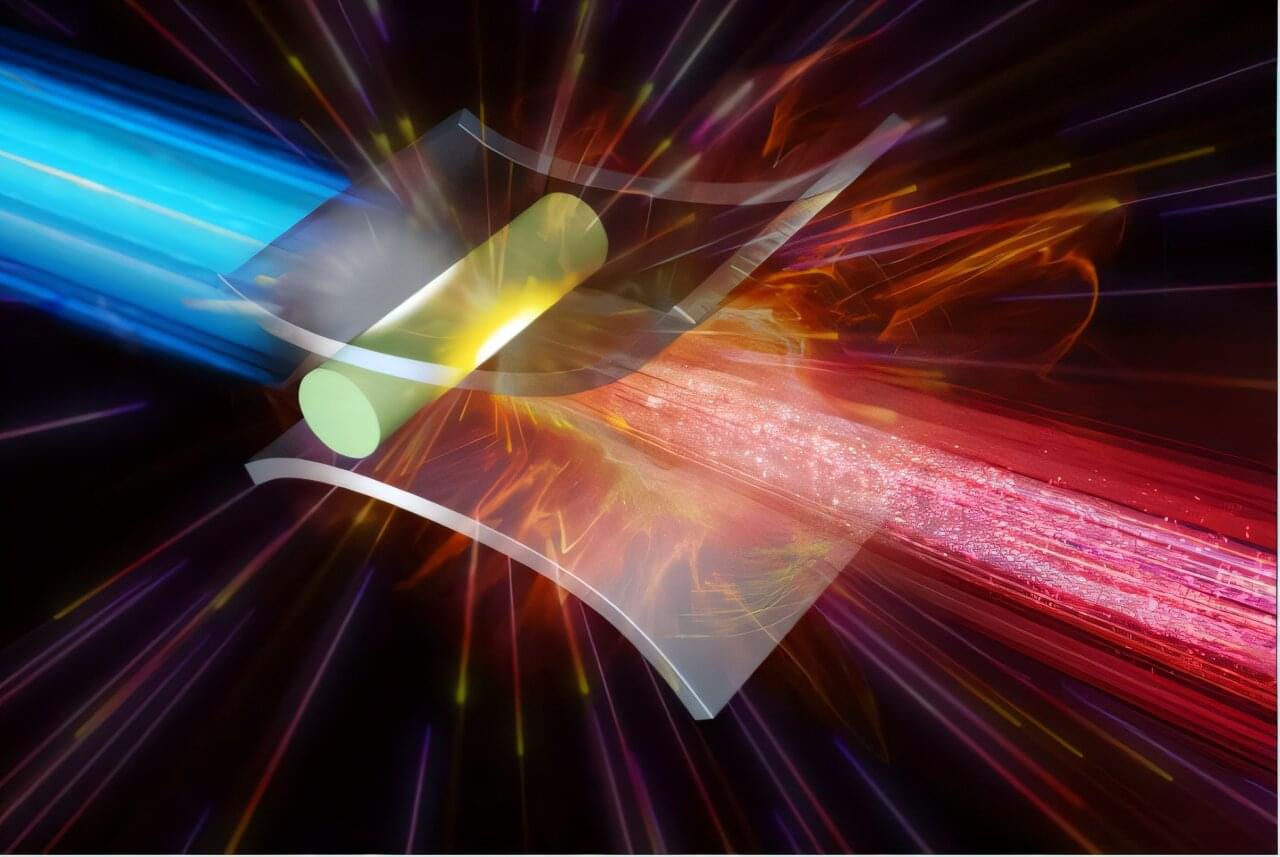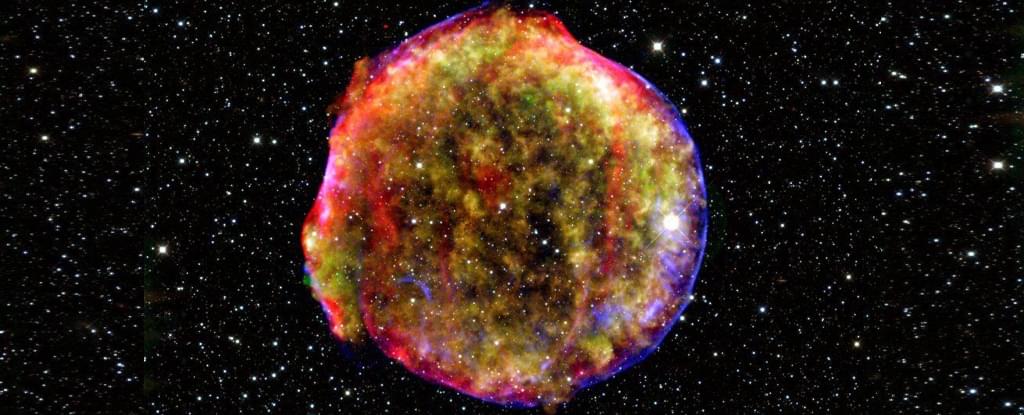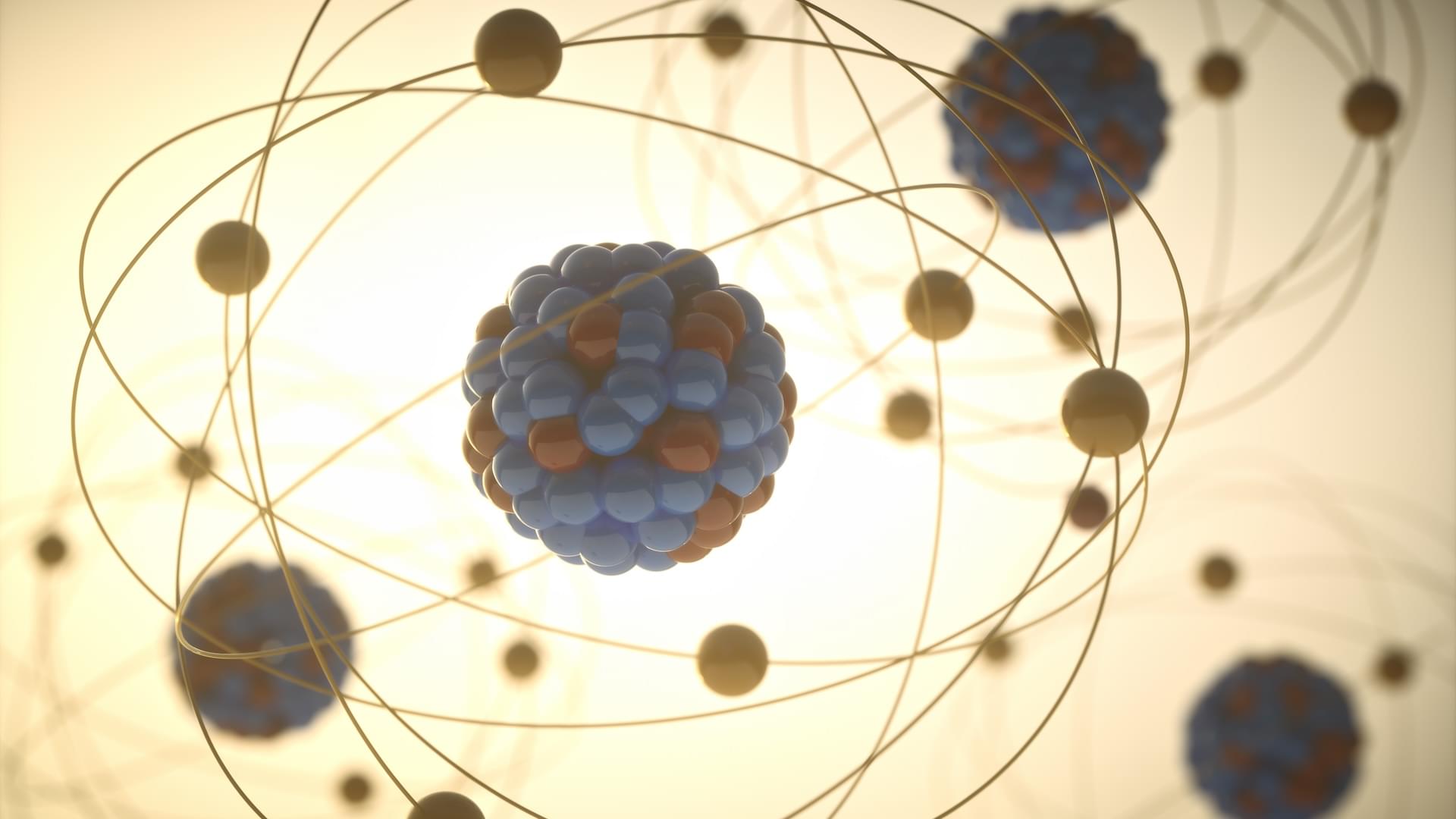Proton beams with giga-electron-volt (GeV) energies—once thought to be achievable only with massive particle accelerators—may soon be generated in compact setups thanks to a breakthrough by researchers at The University of Osaka.
A team led by Professor Masakatsu Murakami has developed a novel concept called micronozzle acceleration (MNA). By designing a microtarget with tiny nozzle-like features and irradiating it with ultraintense, ultrashort laser pulses, the team successfully demonstrated—through advanced numerical simulations—the generation of high-quality, GeV-class proton beams: a world-first achievement.
The article, “Generation of giga-electron-volt proton beams by micronozzle acceleration,” was published in Scientific Reports.







